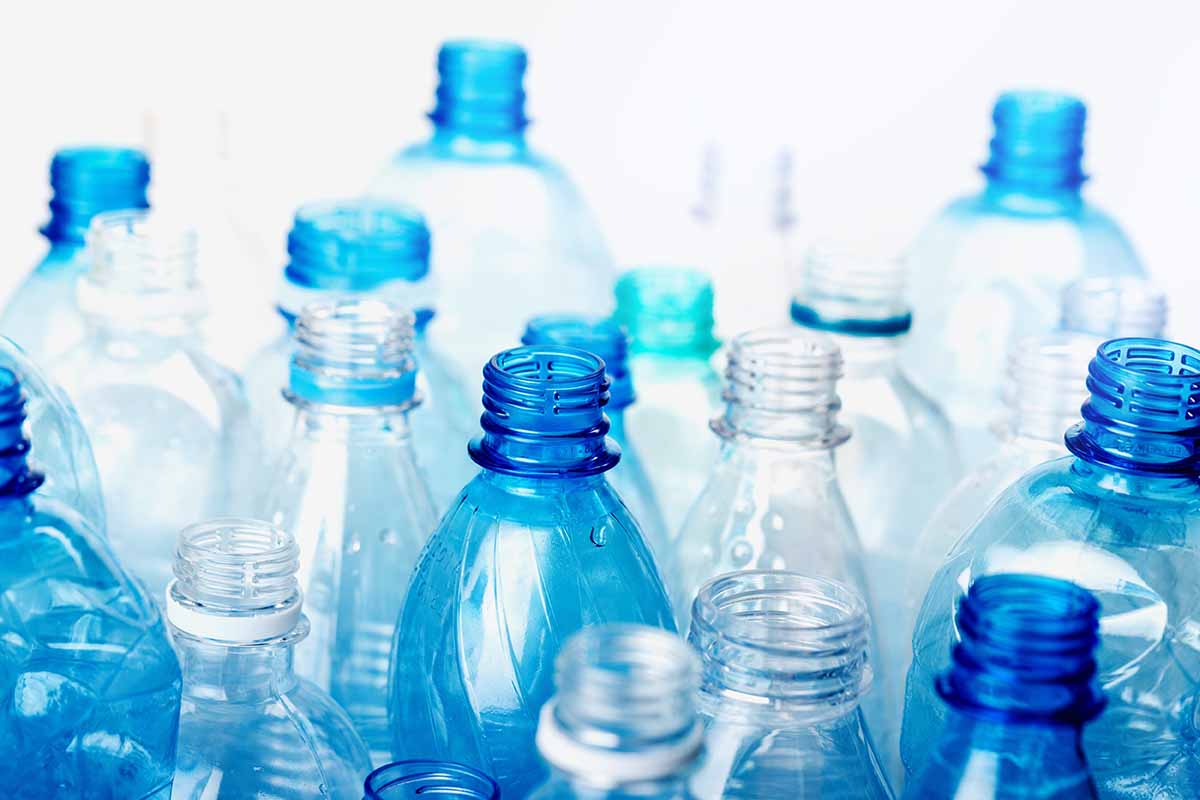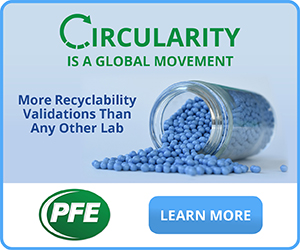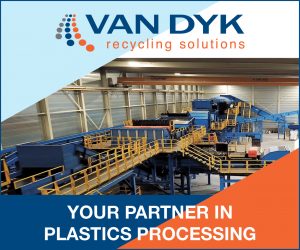
An industry coalition leader makes the case that lifting PET recovery rates will help improve recovery of other materials. | Billion Photos/Shutterstock
Achieving circularity for plastic packaging is a big pursuit, but it’s possible. Let’s take a closer look at PET packaging, which is a prime example of effective plastic recycling.
PET is generally considered highly recyclable. In fact, PET beverage bottles are one the most recycled types of plastic packaging in the U.S., with billions of pounds of PET bottles – yes, billions – sent through a robust recycling system each year. There is a clear model for success here. But to nurture a healthy planet for future generations, we need to demand more innovation and progress for plastic circularity. That call to action has materialized in The Recycling Partnership’s PET Recycling Coalition. We launched this coalition because we believe the next step in PET recycling evolution is the foundation for industry transformation. Enhancements made to PET recycling will provide the roadmap to help improve the system for all recyclable materials.

Adam Gendell
In terms of deepening and broadening PET recycling, there are a few major opportunities. In today’s system, upwards of 15% of all the PET bottles that enter a MRF never come out the other side due to outdated and/or inefficient processes. We can confront this challenge head-on by implementing innovative sorting technology to capture even more material in the recycling stream. Additionally, we can increase the types of PET packaging that are accepted and sorted at recycling facilities. While clear, green and light blue bottles are the most recognized PET packaging, upwards of 25% of PET packaging doesn’t fit that description. There are established and emerging recycling opportunities for all the trays, clamshells, cups and opaque or pigmented PET items. Growing those opportunities and ensuring that more of those items can be recycled (today, only about half of the U.S. population can recycle PET trays, clamshells and cups) is another readily achievable way to increase recycling rates and complete the cycle of circularity by generating more valuable recycled PET for use in the manufacturing of new packaging.
We need system change to fully unlock the environmental and economic benefits of recycling and launch a circular economy, and the PET Recycling Coalition is poised to lead in this space. The Coalition is supported by and open to members representing all segments of the material’s value chain, including founding steering committee members Eastman, Indorama Ventures, Procter & Gamble and the Walmart Foundation.
Additional founding members include The Coca-Cola Company, Danone, The Kroger Co. Zero Hunger | Zero Waste Foundation and Niagara Bottling, with an advisory committee of industry leaders, including American Beverage, the Association of Plastic Recyclers, Closed Loop Partners, Foodservice Packaging Institute, National Association for PET Container Resources and Resource Recycling Systems. Through grants, technical assistance and knowledge-sharing, the Coalition envisions a thriving PET recycling system that captures significantly more material, enabling more circular PET packaging with increased amounts of recycled content. We can then build on these successes and model work in other plastics and materials recycling.
The future of this work pays clear dividends and brings big circularity gains. Join us on the journey to make system change – today. Together, we can launch a circular economy that supports people and planet.
Adam Gendell is part of The Recycling Partnership’s Circular Ventures team, where he serves as lead staff for the PET Recycling Coalition.
The views and opinions expressed are those of the author and do not imply endorsement by Resource Recycling, Inc. If you have a subject you wish to cover in an op-ed, please send a short proposal to [email protected] for consideration.



